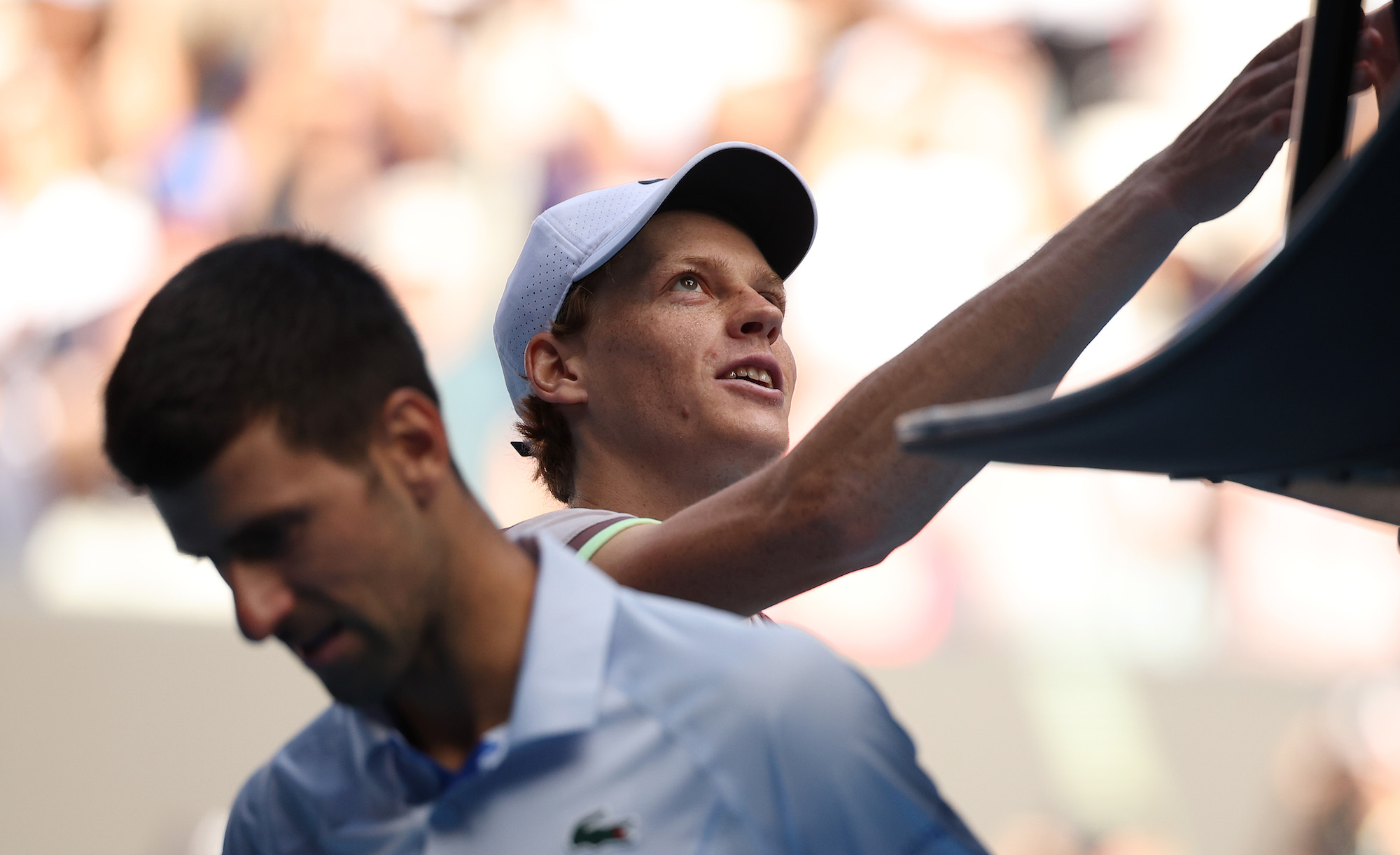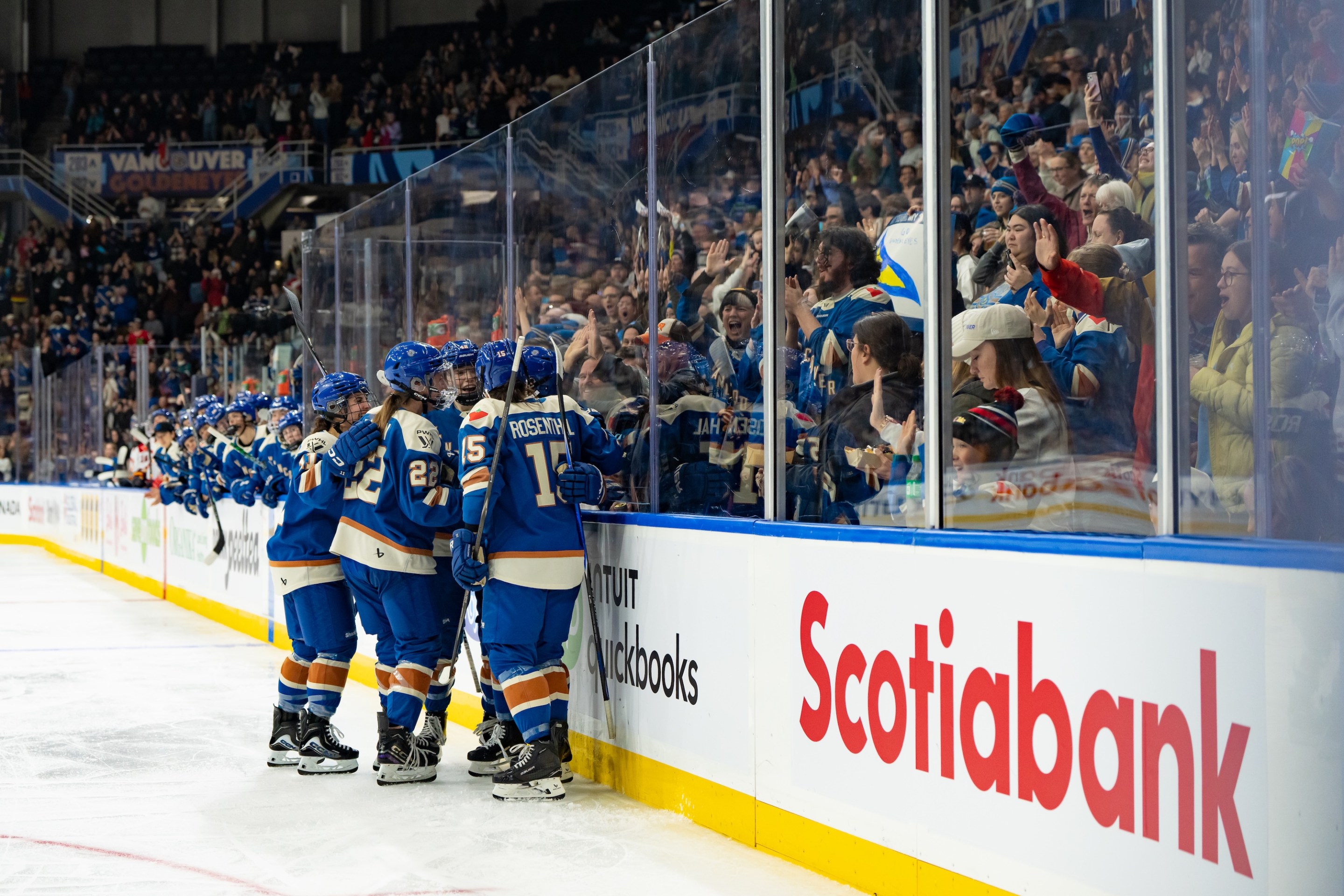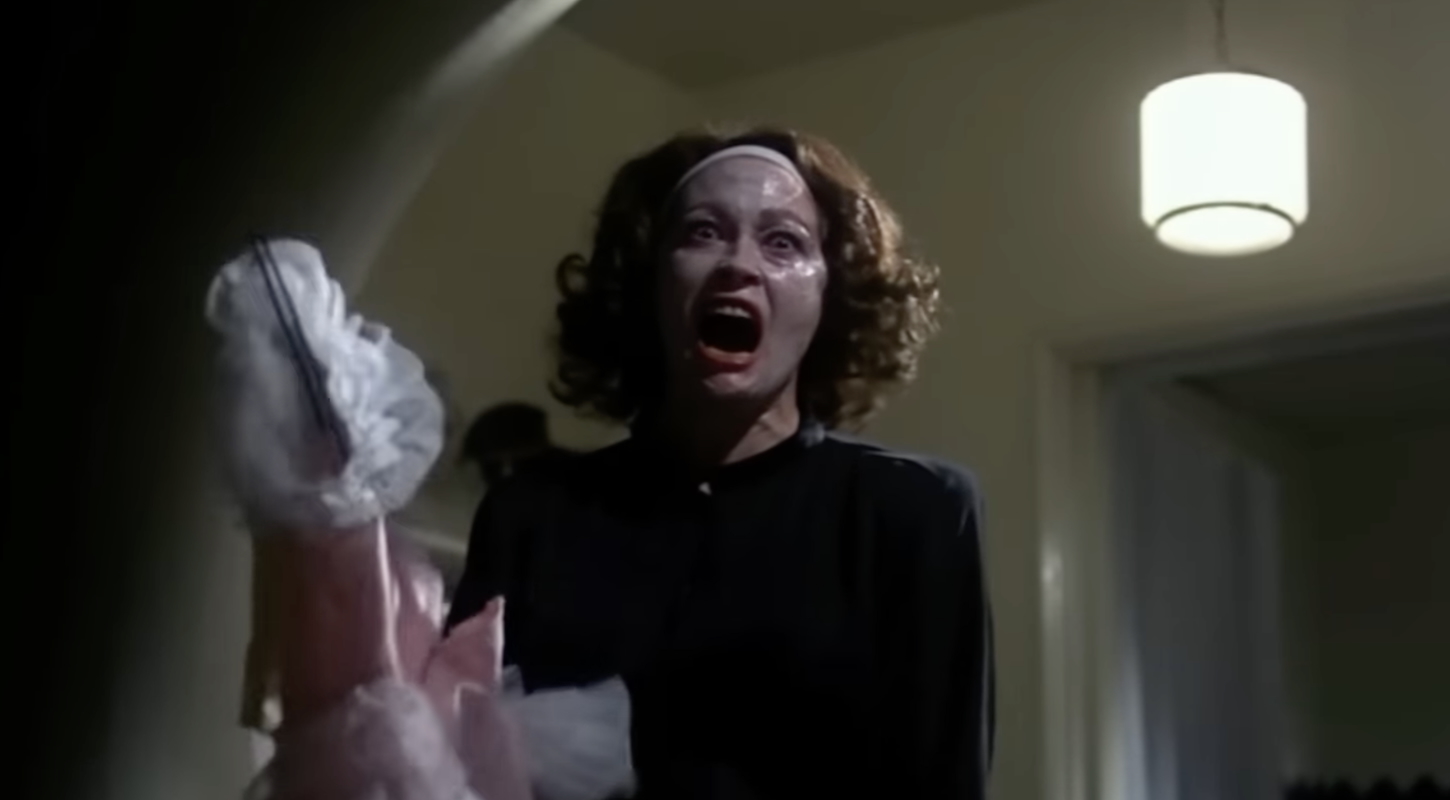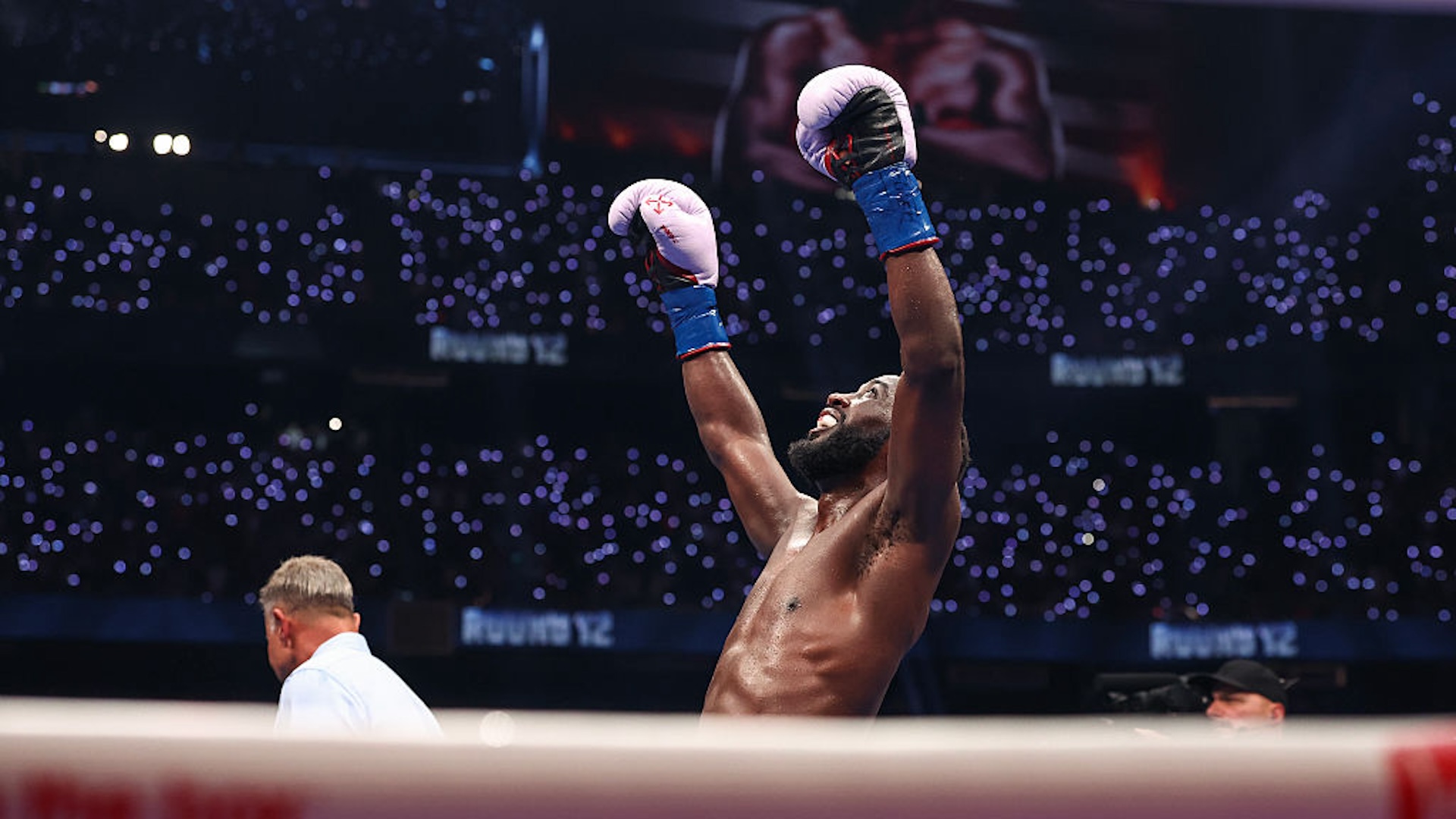When Novak Djokovic is playing in a best-of-five match, there's often a luxurious lack of urgency to the affair. So what if he starts flat-footed? He is inevitability personified. He knows, as he gradually gets the blood pumping and the synovial fluids flowing, that he has a dozen higher gears of tennis at his disposal, and he'll activate them as needed. He knows that his top gear can be matched by only handful of people in the history of the sport: One of them is probably eating fondue, another is rehabbing his hip, and the youngest was upset earlier this week. Sometimes it seems like Djokovic spots his younger opponents a set or two just for sport. But even by these unhurried standards, the top seed's Australian Open semifinal against No. 4 seed Jannik Sinner began in bizarre fashion.
Djokovic was blooping mundane rally balls into the net. This contortionist, who eases in and out of full splits while running at a full sprint, was consistently losing his balance as he trotted along the baseline. It was faintly reminiscent of that time in 2013 when he was possessed by a poltergeist in Shanghai. On Friday, Djokovic's favorite down-the-line backhand was a ruin. He was ducking into the shade for recovery in between points. The guy looked incorrigibly busted. Sinner sped to a 6-1, 6-2 lead. But as the 22-year-old knew firsthand from a 2022 devastation at Wimbledon, a two-set lead is meaningless. At any given moment, Djokovic could begin padding out the career highlight reel and striking a Superman pose. When Sinner let a match point slip in the third-set tiebreak, it would've been easy to lose his head. But even after Djokovic found his serve, Sinner managed to hold on and beat him for the third time in the last four meetings, 6-1, 6-2, 6-7(6), 6-3, advancing to his first major final. He'd beaten better Djokovics before, but this time, he only needed to lock in and beat the facsimile in front of him.
After the match, Djokovic praised his opponent's good play and delivered a blunt self-assessment. "Look, I was, in a way, shocked with my level—in a bad way," he said. "There was not much I was doing right in the first two sets. And, yeah, I guess this is one of the worst Grand Slam matches I’ve ever played, at least that I remember."
Djokovic had been averaging 31.4 unforced errors in his five previous matches in Australia; he'd nearly matched that number by the end of the second set, and finished with 54. "I didn't feel really myself on the court during this tournament," he said. His standard at this tournament was ungodly: 10 titles, no losses after reaching the semifinal stage, a 33-win streak dating back to that 2018 Hyeon Chung upset. (Wish that guy wasn't in injury hell.) It had been 2,195 days since Djokovic lost a match in Melbourne—which, for all the numerologists out there, is the same streak he had before Carlos Alcaraz broke his streak at Wimbledon. The elements might explain his break from form: This is the first time in 15 years that Djokovic has had to play a match this deep into the tournament while the Melbourne sun is out. He prefers the cooler air and slower court speed of the night session on Rod Laver Arena, which he described after his 2023 title as his favorite conditions in all of tennis.
Here's a telling statistic that marks this match as lifetime anomaly: This was the first completed match at a major where Djokovic, the greatest returner of men's tennis, did not generate a single break point. Much of the credit there goes to Sinner, who modified his serve technique partway through last season. He's unlocked some new pace and accuracy, as Djokovic pointed out after the match. By pounding serves out wide, Sinner found a reliable stream of free points, which is ordinarily impossible to find against this opponent who so often sits on top of the baseline and bunts first serves back onto the server's shoelaces.
By the third set Djokovic had found his own serve, the sole tool that kept him competitive in the match, but Sinner never blinked on his own service games. Even after he botched a match point in the third-set tiebreak due to a makeable, tight-armed forehand—a shot that might've lurked in his subconscious for years had this match followed a different script—Sinner continued to deliver every single time he stepped to the hash mark to serve. With that security, all he had to do was find another break of serve, which he managed with a brilliant sequence at 1-2 in the fourth set.
A major final is new terrain for Sinner, who has already reached the quarterfinal of every major, and who I consider the rightful rival to Alcaraz. While this match was mostly a mental gauntlet, in brief patches here and there, Djokovic demanded that Sinner summon his best technical tennis, and he answered: the blend of lateral movement and unchecked power, the solidity on both serve and return, those clangorous groundstrokes out of the corners. He has negotiated consistency and aggression in a way that eluded him in his earlier seasons, and he hadn't dropped a set in this tournament until that tiebreak. On Sunday, Sinner will play octopus tactician Daniil Medvedev, who is making his third appearance in this final. Medvedev, who on Friday was a shanked drop shot away from exiting the tournament, is sure to be a maddening foe for Sinner. But perhaps the hardest psychological work—clearing away the most successful men's player ever at the Australian Open—is already done.







